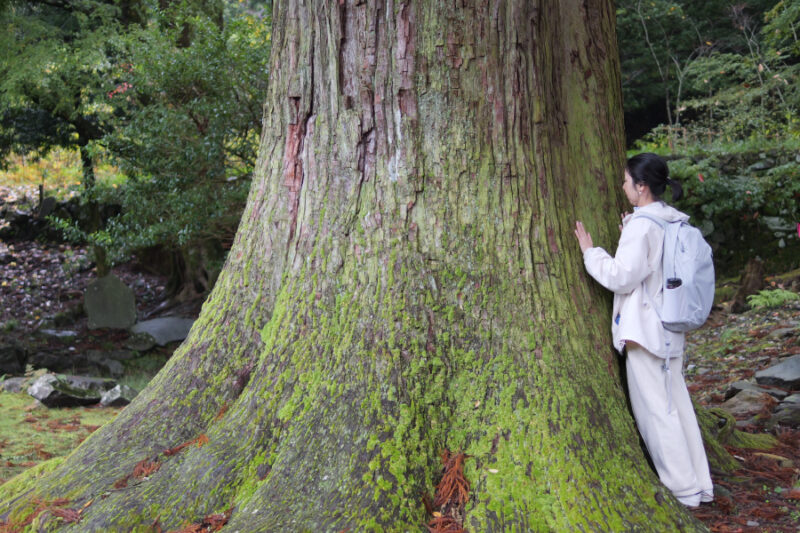The charm of Mount Hiko
Mount Hiko has a history of about 1,500 years.
We will introduce its history, its charms, and nearby recommended spots.
A sacred mountain handed down since ancient times
Mount Hiko has been worshipped as a sacred mountain since ancient times.
The name “Hiko” was originally written as “日子,” which means “child of the sun.”
This comes from the belief that the deity enshrined there, Amenooshihomimi-no-Mikoto, is the son of Amaterasu Omikami,the sun goddess in Japanese mythology.
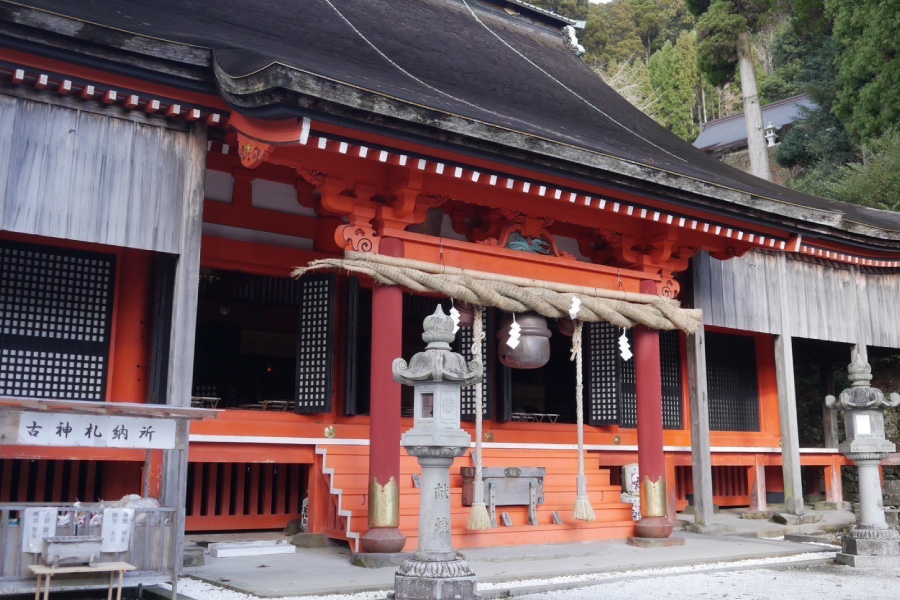
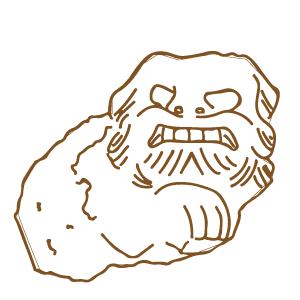
A training ground for Yamabusi
Mount Hiko is counted among Japan’s three major Shugendo mountains.
The large lecture hall from the Shugendo period, called the “Hoheiden,” has been reconstructed and is preserved in its original form to this day.
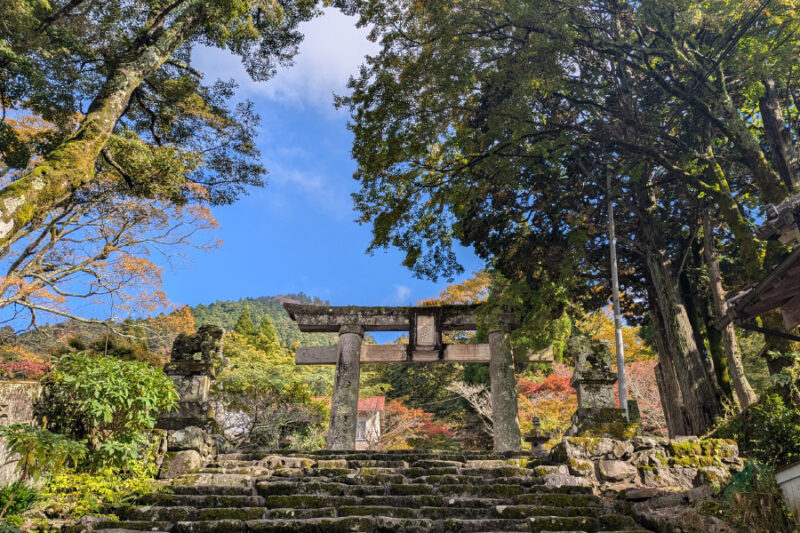

The origins of Mount Hiko

Hikosan is a sacred mountain that has been venerated since ancient times and was called “Mountain of the Child of the Sun,” because Amenooshihomimi-no-Mikoto, the son of Amaterasu Omikami―revered as the principal deity of Ise Shrine―is enshrined here. In 819, Emperor Saga issued an imperial decree to change the two characters “日子” to “彦,” and then in 1729, Emperor Reigen granted the one character “英” by imperial decree, changing the name to “Hikosan,” which it has retained to this day. Since the Middle Ages, Hikosan has been syncretized with the belief in gods, and flourished as a training center for Shugendo, “Hikosan Gongen-sama.” However, due to the Shinbutsu Bunri (law to separate Buddhism and Shinto) order of the Meiji Restoration, it became Hikosan Shrine, and on June 24, 1975, with the permission of the Emperor, it was renamed Hikosan Jingu, the third “Jingu” in the country, after the war.
Mount Hiko and Shugendo
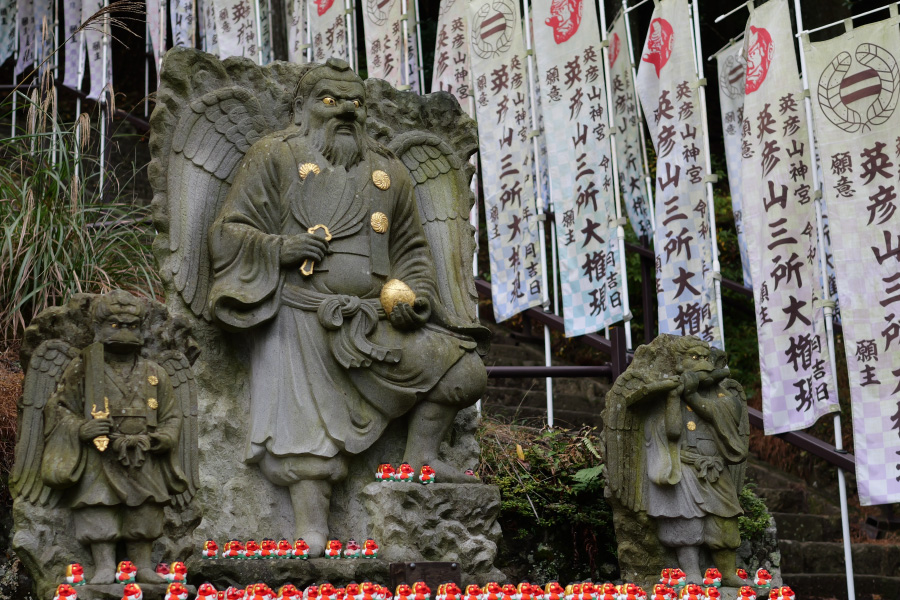
Mount Hiko, which stands on the border between Soeda Town in Fukuoka Prefecture and Nakatsu City in Oita Prefecture, is one of Japan’s three major Shugendo mountains. It once flourished as the largest holy ground for Shugendo in the country, with a history of about 1,500 years. Japan’s unique Shugendo was systematized during the Heian period through the influence of ancient Japanese mountain worship, esoteric Buddhism, and Buddhism. In the past, Japan had a custom of worshiping both gods and Buddhas (Shinto-Buddhist syncretism Those who practice Shugendo are called “Yamabushi.” Hikosan Shrine is now trying to bring back the Shugendo that was lost during the Meiji period.

